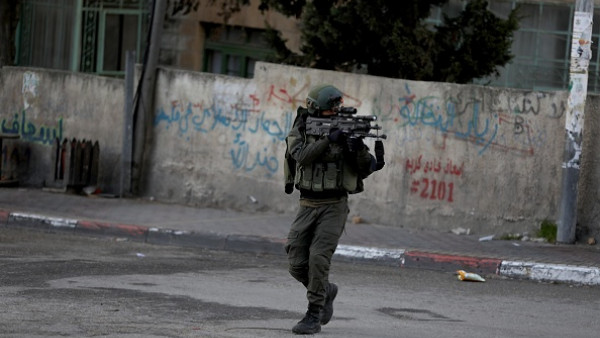You are using an out of date browser. It may not display this or other websites correctly.
You should upgrade or use an alternative browser.
You should upgrade or use an alternative browser.
Israel–Hamas War: 10/7/2023 - Present
- Thread starter TELL ME YA CHEESIN FAM?
- Start date
More options
Who Replied?Nkrumah Was Right
Superstar
Note that Israel blew up all of Gaza’s universities
Camammal
Half Man Half Mammal
Be on the look out for this Bill, this is worse than the one passed yesterday https://www.congress.gov/bill/118th-congress/house-bill/7921
ReasonableMatic
................................
CARICOM
This is a BIG DEAL, because remember my earlier post in here where I explained that Jamaica is not only extremely conservative Christian.
Jamaica also is in negotiation with lsrael, regarding a partnership for cyber security. (Dumb as hell lol, but lemme not make this too long)
This means that as of now - all CARICOM countries,
except for The Bahamas & Trinidad recognize Palestine’s statehood
Trinidad & Tobago

The Bahamas needs to stop playin and get with the program.
Then all CARICOM countries will have officially recognized Palestine.
Pull Up the Roots
Breakfast for dinner.

Israel 'committed war crime' in killing two Palestinian boys
Israel is accused of possible war crime after eight-year-old West Bank boy is shot in the head and killed as he ran away from Israeli soldiers.

Israel 'committed war crime' in killing two Palestinian boys
Israel is accused of possible war crime after eight-year-old West Bank boy is shot in the head and killed as he ran away from Israeli soldiers.www.newarab.com
Demand the IDF put these motherfukkers on trial. Rocks aren't bullets.
At this point almost everyone except the US is calling out the blatant war crimes.
They have totally erased the empathy they received for Oct 7th. If they would have just stayed on task, the whole world would have their backs. But this is just bullshyt. All this to prevent Nety from going to prison. Kind of makes you wonder the lengths Trump could go.
Side note - I'm super sick of the world constantly attacking people who have empathy for others by branding them as "woke" or whatever other euphemism they want to use. It's like everyone who isn't straight, white, and even male from time to time isn't someone who deserves an opportunity to be happy. So they go out of their way to destroy everyone else's empathy for any cause that detracts from straight, white power...
King Jove
King Of †he Gawds
Israel UN Ambassador says American students are KKkKkkKkkKKhamas now
Nkrumah Was Right
Superstar
This is what Zionism looks like:
ReasonableMatic
................................
Pull Up the Roots
Breakfast for dinner.
2 weeks ago, we reported on a deadly strike in Gaza. The harrowing image of children's bodies splayed around a foosball table impossible to forget. A CNN analysis of evidence recovered and documented at the scene of the strike now points to the likely cause: a precision-guided munition deployed by the Israeli military.
The last time Mona Awda Talla saw her daughter Shahed alive, she was leaving the house to go buy her some cake, wearing pink pants. The 10-year-old stopped to play foosball with her friends beside the cake shop in Gaza’s Al-Maghazi refugee camp. Moments later, she was dead.
Grief-stricken and sobbing, Awda Talla said she still can’t believe that her only daughter will never come home. A video showing the aftermath of the strike that killed Shahed captured her sprawled on the ground next to her friends, her pink pants impossible to miss.
“There is no Shahed now. Every time she came in, she said, ‘Mom.’ I would say, ‘My soul, my soul,’” Awda Talla told CNN. “My soul is gone.”
In the two weeks since the attack, the Israeli military’s statements have shifted, but it has not taken responsibility for the strike that ultimately killed Shahed and 10 other children.
An analysis of the site of the attack, documented by a freelance journalist working for CNN in Gaza, paints a very different picture of Israeli military responsibility. Three munitions experts who reviewed videos and photos showing damage caused by the strike and shrapnel left in its aftermath, independently drew the same conclusion: that the carnage was likely caused by a precision-guided munition deployed by the Israeli military.
Similar threads
- Replies
- 3
- Views
- 509